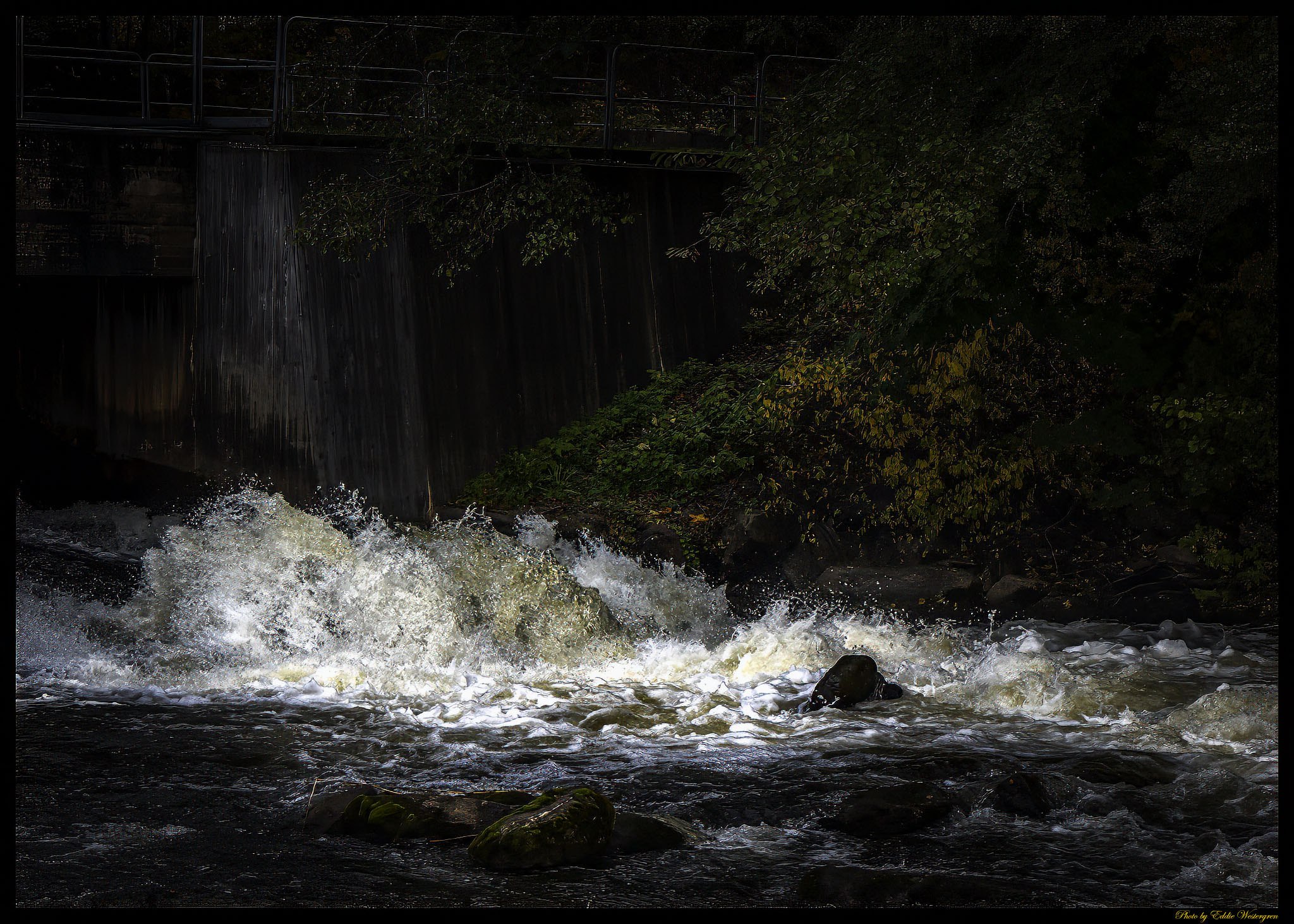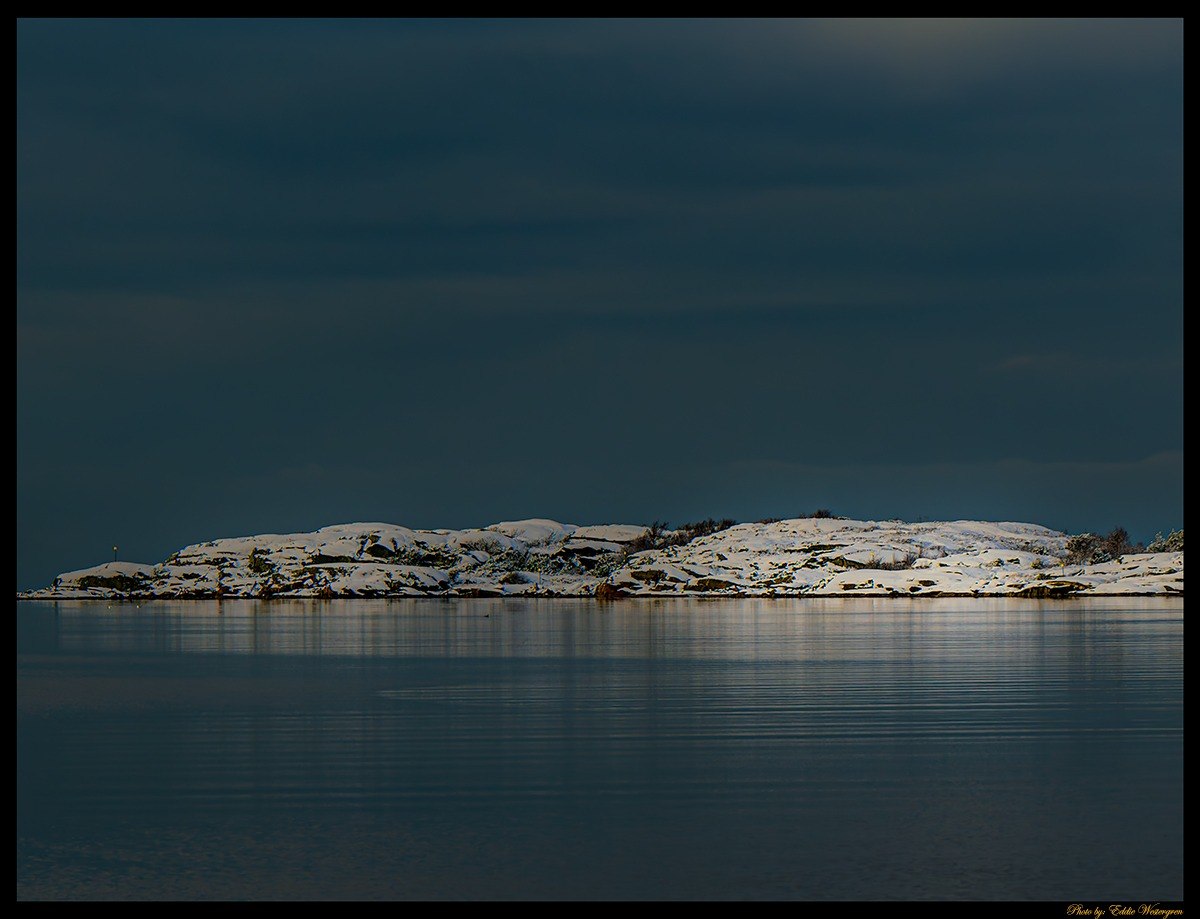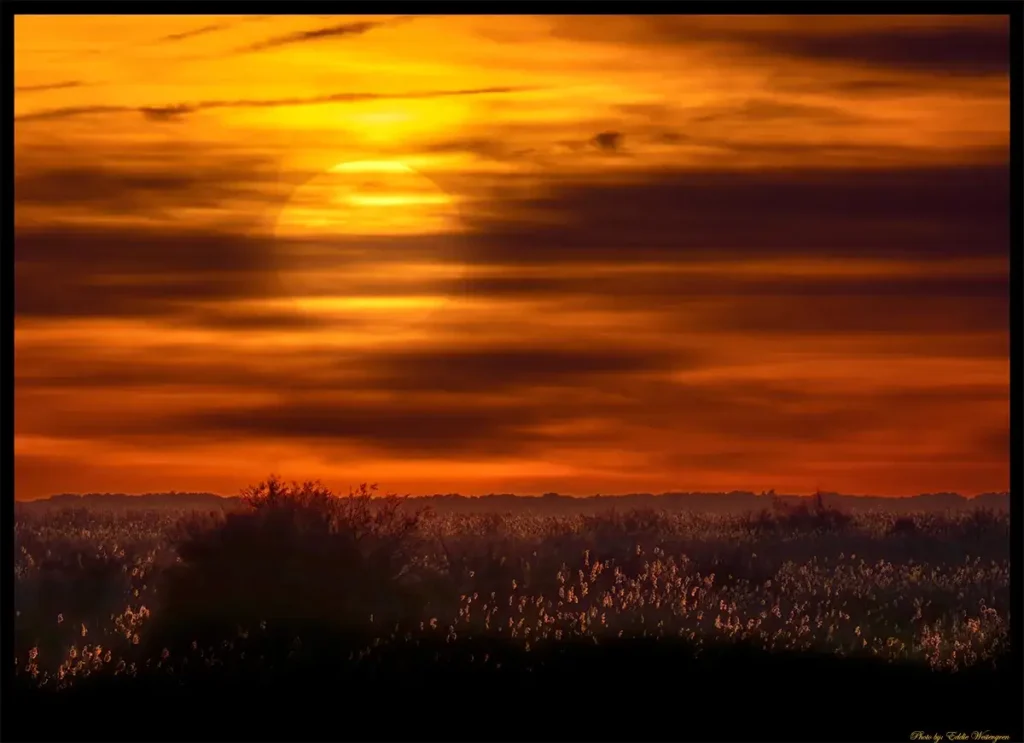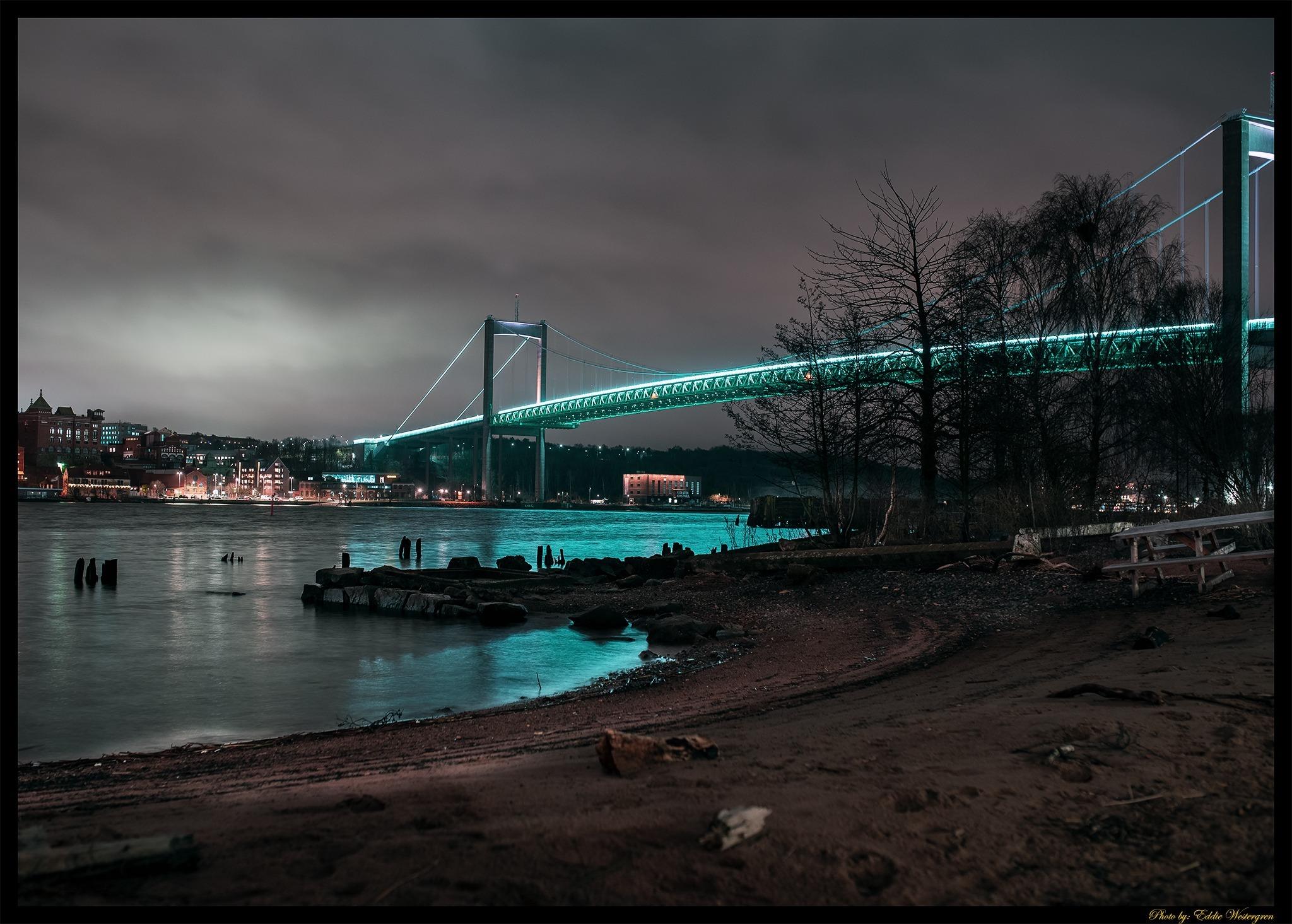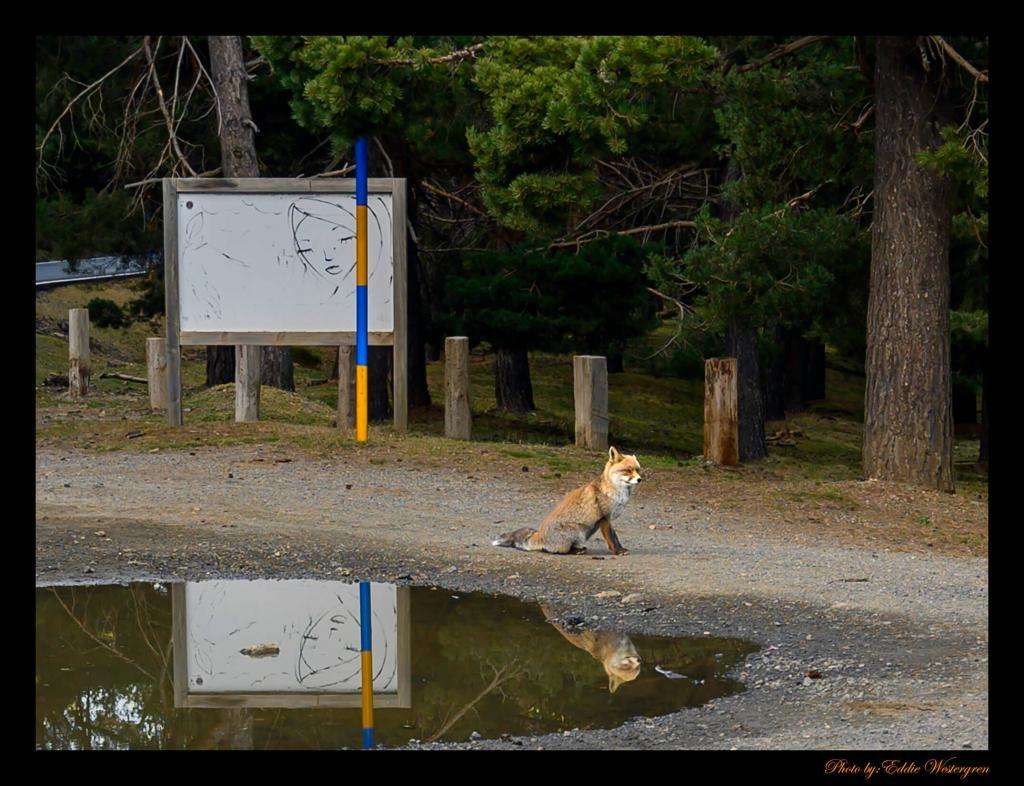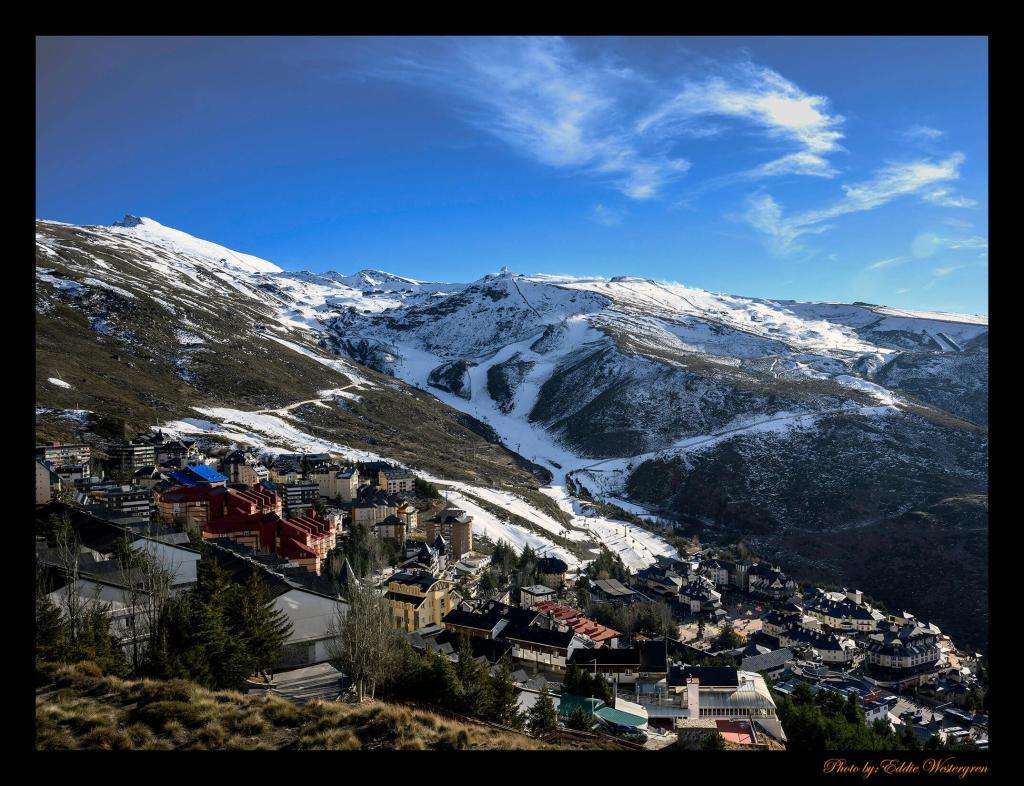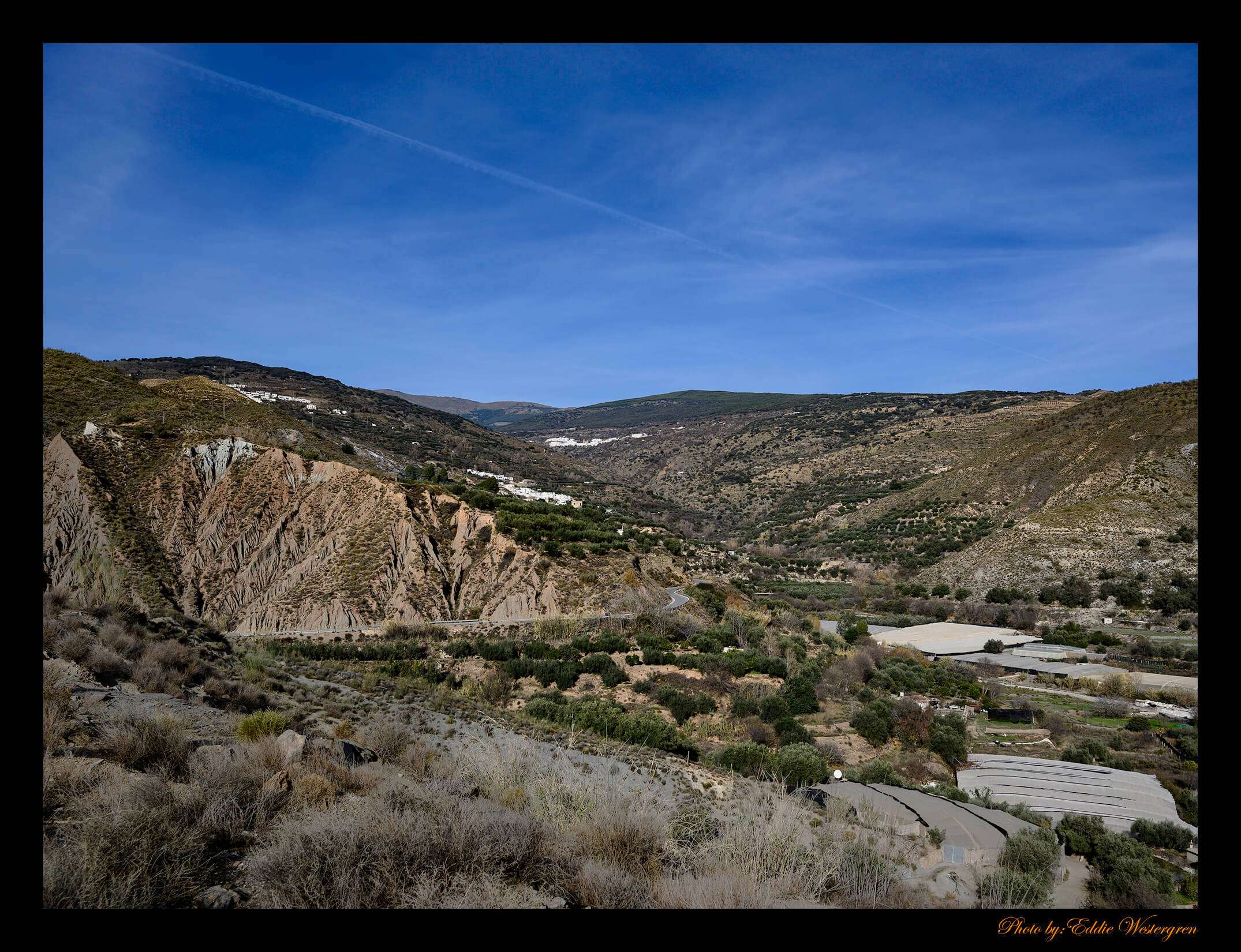
Dogs in Roquetas de mar
Roquetas de Mar, a beautiful coastal town in Almería, Spain, is a haven for dog lovers and their furry companions. Known for its warm climate, picturesque beaches, and pet-friendly culture, the town offers an inviting atmosphere for dogs and people alike.
For locals and visitors with dogs, Roquetas de Mar has several accessible outdoor spaces where pets are welcome. The town is home to dog-friendly beaches like Playa de las Salinas, where dogs can enjoy the sand and sea alongside their owners, especially during the less crowded months. While some areas have seasonal restrictions, many locals are familiar with the best times and spots to take their dogs for a swim. Walking along the beachfront promenade, you’ll find plenty of people out with their dogs, enjoying the fresh air and scenic views.
Roquetas also features well-kept parks and green spaces where dogs can roam. Parque de Los Bajos and Parque Comercial Gran Plaza offer safe spaces to exercise, play, and socialize with other dogs. The social aspect of these parks makes them a favorite among dog owners, who can connect with other pet enthusiasts, fostering a sense of community around their shared love for animals.
Additionally, Roquetas de Mar’s pet-friendly establishments make the town even more accommodating. Many cafes, restaurants, and small shops allow dogs, providing shaded outdoor seating areas and even water bowls to ensure that four-legged guests feel welcome. It’s not unusual to see locals and tourists alike sipping coffee or enjoying a meal with their dogs by their side. This relaxed, inclusive atmosphere has become a staple of Roquetas’ culture, where pets are embraced as part of daily life.
For anyone planning to move or travel to Roquetas de Mar with a dog, the town’s facilities, warm community, and numerous pet-friendly locations make it an ideal destination. Here, dogs aren’t just pets—they’re family members, and Roquetas de Mar provides an environment where they can thrive alongside their human companions.

